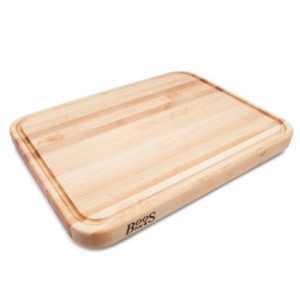Creating shoes that reflect a culture isn’t easy, and for those who make them know, the process involves extensive community involvement and respect for the environment. However, the right foundation can ensure a satisfying experience for everyone involved. The CFDA, the organization that awards a coveted “Best in Show” award, expressed its gratitude to James and hopes more designers will follow in his footsteps. These five principles will guide you through the entire process of creating unique shoes for any occasion.

The company’s shoes and accessories are handmade in South Africa and use traditional techniques rooted in traditional African culture. In fact, these shoes are made from car tires repurposed for their soles and are handcrafted in a South African workshop by skilled artisans. The company also makes sandals and slides for children and uses the softest leathers available. This allows the brand to preserve the spirit of its ancestral counterparts while bringing contemporary style to the masses.
As the first brand to source from Africa, James works with artisans in the region to create unique footwear. They source materials from Africa, including Nigeria, Burkina Faso, and Mali. The shoemakers in these countries work with a range of traditional African techniques to create the perfect pair of shoes. To ensure a quality product, the materials used in the making of these shoes are also carefully selected. Moreover, the leathers used for Brother Vellies’ shoes are made from vegetable-dyed Kudu leather. This type of wild animal hides is naturally imperfect, making them unique.
The company sources its materials from the continent. They use the leather of indigenous African tribes and have also collaborated with a South African workshop to ensure that they maintain the spirit of their ancestral counterparts. The footwear is made by local artisans in Namibia using age-old techniques and a diverse selection of natural materials. It uses skins from animals that have been forced to be killed by government mandates in South Africa. It also uses the skins of rabbits, Springbok, and Nile Perch.
The brand is proud to be South African. Its products have been a part of South African culture for centuries. Their culture has grown around the shoe. It has even become a way of life. This is a very special brand of shoes. The artisanship is exemplary, and the quality and design is simply exceptional. The craftsmanship is second to none. The production process takes approximately a week, but this is not a problem for Brother Vellies.
In the past, Ewald Schier, a designer with roots in Namibia, has sold the first pair of “vellies” in Germany. The company is still run by the same family, but now the shoes are worn by tourists from Germany, South African students, and fashionistas in New York City. Though the company has no plans to expand, James and his team have stayed close to the roots of their business and incorporated new technologies and materials in their footwear.
The company has been in business for decades. Founded in South Africa, Brother Vellies works to create handmade footwear by using local artisans. They are manufactured in South Africa and other countries in Africa, but their designs are made with a spirit of their ancestral counterparts. The shoes are made with the softest leathers, and they are crafted with great care. The artisanal process is also a key component of the product, which is why the brand is proud to use recycled materials.
James and his team are proud to partner with African artisans, sourcing from Namibia, Burkina Faso, and Mali. The brothers’ mission is to create stylish footwear that supports local communities while preserving and introducing their heritage. In the process of producing the products, they strive to maintain the spirit of their ancestral counterparts. The company also works with local craftspeople in order to ensure ethical production. They have a number of locations in Africa, which are home to a number of craftspeople.
The company sources its leathers from African artisans in countries such as Nigeria and Namibia. The company also sources from other parts of Africa to produce its shoes. The company’s goal is to create beautiful shoes that promote the spirit of their African origins. This approach, which is the hallmark of the brand, has helped the brand build a successful business in less than two years. The success of its product is attributed to its dedication to the quality of craftsmanship and fair trade.








